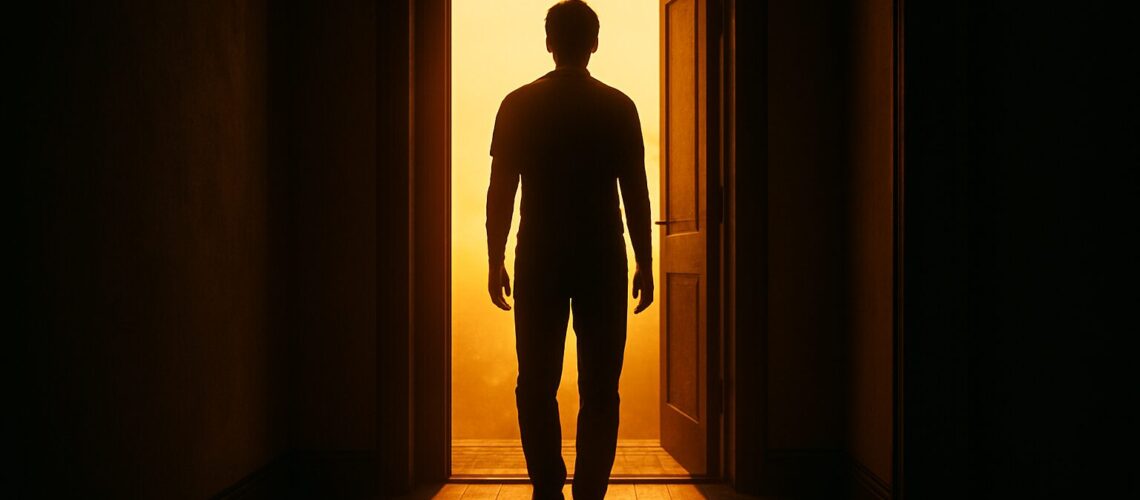Why “seize the day” still matters
The Ancient Call
“Carpe diem” — seize the day. Two words from the Roman poet Horace that echo across centuries. They’ve been carved into marble, printed on posters, whispered in commencement speeches, and shouted from movie screens.
It’s easy to dismiss them as cliché. But clichés often become clichés because they carry truth. And in this case, the truth is sharp: our time is short, and the day before us is all we can actually grasp.
Dead Poets Society’s Reminder
In Dead Poets Society, Robin Williams’ character John Keating gathers his students around a case of old photographs. The young men in those photos are long gone, their faces frozen in time. Keating whispers: “Carpe diem. Seize the day, boys. Make your lives extraordinary.”
The scene is moving because it collapses the distance between then and now. The once-vibrant are now dust. And we too will fade. But right now, we are alive. Right now, we can seize our day.
Carpe diem is not about reckless abandon. It’s about urgency with reverence — knowing our lives are rare and fleeting, and choosing to live them awake.
The Gift of This Morning
Every morning is a chance to begin again. We can stumble through our routines half-asleep, or we can pause and remember: this day has never happened before. It will never happen again.
To seize the day is not to demand that it be perfect, but to treat it as a gift. Even small choices are acts of seizing. A real conversation instead of scrolling, a walk outside instead of numbing on autopilot, a risk taken instead of endlessly deferred.
Carpe diem is not one grand gesture. It is daily attentiveness, multiplied.
Why We Don’t Seize
If seizing life is so valuable, why don’t we do it more?
- We assume more time. We think tomorrow will always arrive.
- We fear risk. It feels safer to defer, to wait for “someday.”
- We get distracted. Screens, errands, routines lull us into forgetting the gift.
- We crave comfort. Seizing often requires stepping into the unfamiliar.
The tragedy is that days slip by in this fog. What we thought we were saving — our time, our safety — turns out to be what we lost.
The Runner on the Edge
Picture a runner hesitating at the starting line. She has trained, stretched, prepared. But she tells herself, “Maybe I’ll run tomorrow. Maybe the conditions will be better then.” The gun fires, the race begins — and she never moves.
That’s what happens when we defer seizing. The race of life runs on without us. The chance we had is gone.
The Real Risk
Ironically, the greater risk lies in not seizing. Because time will pass either way. Days will slip into years whether we engage with them or not.
To seize is to risk disappointment, effort, even failure. But not to seize is to guarantee regret.
John Izzo, in his book The Five Regrets of the Dying, records one common regret again and again: “I wish I had lived truer to myself, not the life others expected of me.” That is the voice of someone who didn’t seize.
What Seizing Looks Like
Carpe diem doesn’t always mean climbing mountains or quitting jobs. It often looks ordinary:
- Saying “yes” to an adventure with a friend.
- Starting the project you’ve long delayed.
- Speaking the truth you’ve been holding back.
- Telling someone you love them, today.
- Noticing beauty when you walk outside.
Seizing is not necessarily grand. It is choosing to live with an awareness that this day counts.
Practices for Seizing
- Ask daily: If today were my last, what would I regret not doing?
- Take one risk. Large or small, stretch into something beyond comfort.
- Anchor a ritual. Begin each morning with a reminder that this day is rare.
- Notice beauty. Let the ordinary shine. Seizing is also savoring.
Carpe diem is not about cramming in everything. It’s about living what matters, while we can.
Closing Thought
Carpe diem has been quoted so often it risks sounding trite. But it is only trite if we leave it on posters. When we practice it, it becomes power.
Life is short. The photos of today will one day gather dust. But now, in this fleeting moment, we are alive. We have lungs that breathe, hands that reach, hearts that beat.
So seize this day. Not because it will last, but because it won’t.
That is what makes it precious.
For more like this, visit the broader project at life-savor.com, or explore the Life Savor book itself.
To learn more about Life Savor’s philosophy,
read Life Savor: Treasuring Our Gift of Life by Erik Victor Reed.








